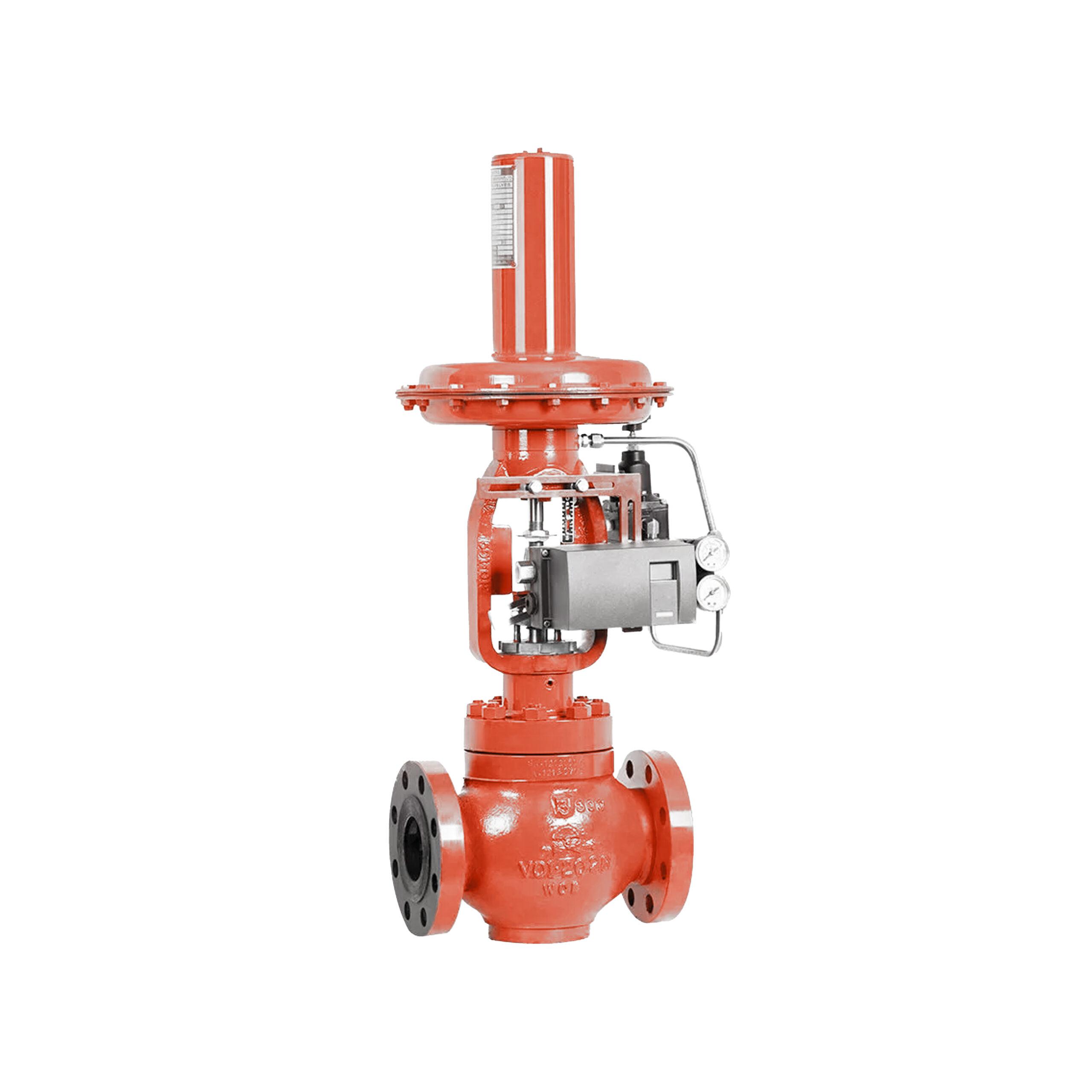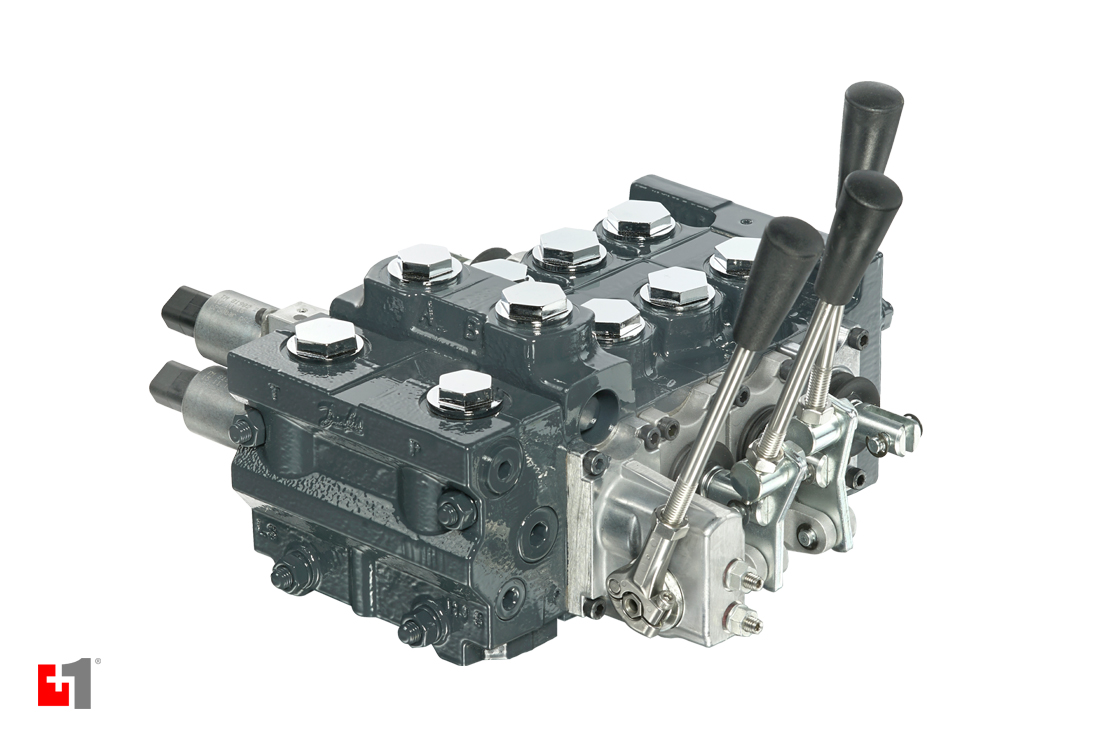Choosing the Right Control Valves: An Overview to Optimum System Performance
Choosing the Right Control Valves: An Overview to Optimum System Performance
Blog Article

Maximize Energy Savings and Comfort With Advanced Structure Automation Controls
In the world of contemporary design and facility monitoring, the combination of advanced structure automation manages stands as a critical advancement. The merging of innovation and sustainability has birthed a brand-new era where power effectiveness, comfort optimization, and functional streamlining are no longer possible realities yet far-off desires. By utilizing the power of automation, structures can adapt, respond, and evolve in manner ins which were once unbelievable. The capacity for substantial energy financial savings and enhanced convenience is not simply a possibility yet a guarantee waiting to be fulfilled. This paradigm change in structure management holds the crucial to unlocking a world where ecological conscientiousness and occupant wellness sympathetically exist together within the wall surfaces of our structures.
Energy Effectiveness Benefits
Power efficiency benefits can substantially lower energy consumption and functional expenses in buildings. Energy-efficient systems, such as advanced structure automation controls, can enhance the use of resources like cooling, lights, and heating, leading to lower power costs over time.
Additionally, improved power performance can extend the lifespan of building equipment and systems. By running much more successfully, HVAC systems, light, and various other building parts experience much less deterioration, resulting in lowered maintenance and substitute prices. In addition, energy-efficient structures often regulate higher building worths and rental prices, giving long-lasting monetary benefits to owners.
In addition, power performance can enhance occupant comfort and performance. Correctly regulated indoor environments with optimum lighting and thermal problems develop a more pleasurable and helpful workspace, resulting in boosted employee fulfillment and efficiency. Overall, the energy performance advantages connected with sophisticated structure automation controls are multifaceted, incorporating cost financial savings, ecological stewardship, and resident health.
Boosted Comfort Control
Enhancing comfort control in building settings calls for a sophisticated combination of sophisticated automation systems for optimum owner well-being. By utilizing advanced building automation controls, facilities can tailor the indoor atmosphere to satisfy the certain demands and choices of owners. These systems make it possible for precise policy of ventilation, temperature, and lights, producing a efficient and comfortable environment. Resident contentment and productivity are closely linked to thermal comfort, making it vital to have systems in place that can adapt to altering problems in real-time.
Enhanced convenience control goes past basic temperature level modifications. It includes attributes such as individualized settings, tenancy sensors, and all-natural light utilization to develop a dynamic and receptive atmosphere. By incorporating these innovative controls, buildings can not just enhance convenience but likewise improve power efficiency by maximizing system operations based upon actual tenancy and usage patterns. Inevitably, prioritizing occupant convenience via sophisticated automation systems causes a more delightful and much healthier indoor environment.
Operational Effectiveness Improvements

Moreover, the application of real-time surveillance and analytics tools allows structure operators to recognize energy ineffectiveness and operational anomalies promptly. By continually keeping an eye on power usage patterns and system efficiency metrics, changes can be made in real-time to enhance power consumption and make sure peak operational efficiency. control valves. In addition, including demand action techniques into structure automation controls can even more improve operational effectiveness by dynamically adjusting power usage based on grid conditions and prices signals
Indoor Environment Optimization
Reliable interior environment optimization is a basic aspect of building Continue automation controls, guaranteeing passengers' convenience and health while making best use of energy cost savings. By using sophisticated sensors and controls, developing automation systems can constantly change and keep track of temperature, humidity levels, air quality, and ventilation to create an optimum interior setting. Preserving regular and comfortable problems not just enhances passenger satisfaction however also improves efficiency and overall wellness.
Interior environment optimization additionally plays a critical duty in power efficiency. By fine-tuning air conditioning, air flow, and heating systems based upon real-time data and occupancy patterns, building automation controls can considerably reduce power usage - control valves. For circumstances, carrying out approaches such as demand-controlled air flow and thermal zoning can assist reduce energy waste while ensuring that each area of the structure obtains the essential conditioning.

Sustainable Atmosphere Development
Building automation manages not just enhance indoor climate conditions for energy effectiveness and resident comfort however likewise lay the foundation for producing a sustainable environment via strategic management of resources and systems. By integrating advanced building automation technologies, such as sensors, actuators, and intelligent software, facilities can keep track of and change energy use in real-time to minimize waste and decrease their carbon impact. These systems make it a fantastic read possible for predictive maintenance, determining prospective problems prior to they rise and optimizing equipment performance to improve long life and performance.
Furthermore, sustainable setting development expands past power administration to include water conservation, waste decrease, and indoor air top quality improvement. Structure automation controls can regulate water use, spot leakages, and guarantee correct waste disposal methods, adding to total sustainability efforts. Furthermore, by controlling and checking ventilation and filtering systems, these technologies improve occupant health and wellness and performance while decreasing power consumption connected with cooling and heating operations.
Conclusion
To conclude, advanced structure automation regulates offer considerable advantages in regards to energy cost savings, convenience control, operational efficiency, interior environment optimization, and creating a sustainable setting. By executing these controls, structures can attain optimal performance while lowering power consumption and enhancing occupant comfort. visit It is obvious that the usage of advanced automation innovation is important in enhancing structure performance and producing an extra sustainable future.
Power performance benefits can dramatically minimize power intake and operational prices in buildings. Generally, the energy performance benefits linked with advanced building automation controls are complex, including cost financial savings, ecological stewardship, and resident well-being.
Furthermore, including need feedback approaches into building automation controls can better improve functional performance by dynamically changing energy use based on grid conditions and rates signals.
Structure automation manages not just optimize interior environment conditions for energy effectiveness and occupant convenience but also lay the structure for developing a lasting environment via tactical administration of systems and sources.In conclusion, advanced building automation manages offer substantial benefits in terms of power cost savings, convenience control, operational efficiency, interior climate optimization, and developing a sustainable environment.
Report this page